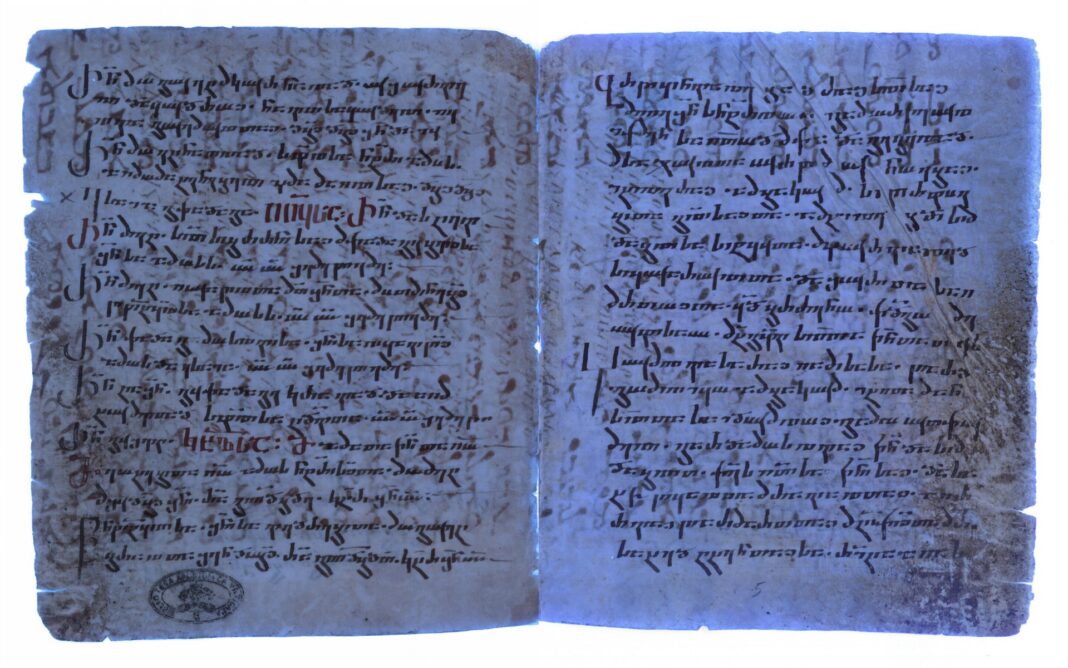It is the only known remnant and the fourth manuscript so far that attests to an Old Syriac language version and offers unique access to the earliest translations of Gospel texts
A researcher from the Austrian Academy of Sciences has discovered a unique fragment of a 1750-year-old translation of the New Testament in the Vatican Library, DPA reported.
The two pages were found hidden in another manuscript, already copied twice. They represent the almost complete 12th chapter of the Gospel of Matthew, medievalist Gregory Kessel announced on Thursday.
It is the only known remnant and the fourth manuscript so far that testifies to an Old Syriac language version and offers unique access to the earliest translations of Gospel texts, experts believe.
The Syriac language is a dead literary language – an Aramaic dialect that arose in the 1st century AD. from a local Aramaic dialect. It was important to Christian literary and religious texts.
According to the academy, dating of the Syriac translation found it to have been written at least a century before the oldest extant Greek manuscripts.
The chapter was translated in the 2nd or 3rd century and deals, among other things, with behavior on the Sabbath.
For example, while the original Greek Gospel of Matthew, chapter 12, verse 1 says, “At that time Jesus went through the fields on the Sabbath; and His disciples were hungry and began to gather ears of corn and eat,” the Syriac translation says: “[. ..] began to pick ears of corn, rub them in their hands and eat them.”
About 1,300 years ago, a scribe in Palestine erased the original Gospel book written in Syriac text, the academy found. In the Middle Ages, parchment was scarce in the desert, so sheets were often reused.
Until recently, only three manuscripts containing an Old Syriac translation of the Gospels were known. The newly found manuscript fragment can be seen as a fourth textual monument, the Austrian Academy of Sciences said.
Photo: The fragment of the Syriac translation of the New Testament under ultraviolet light / Vatican Library









